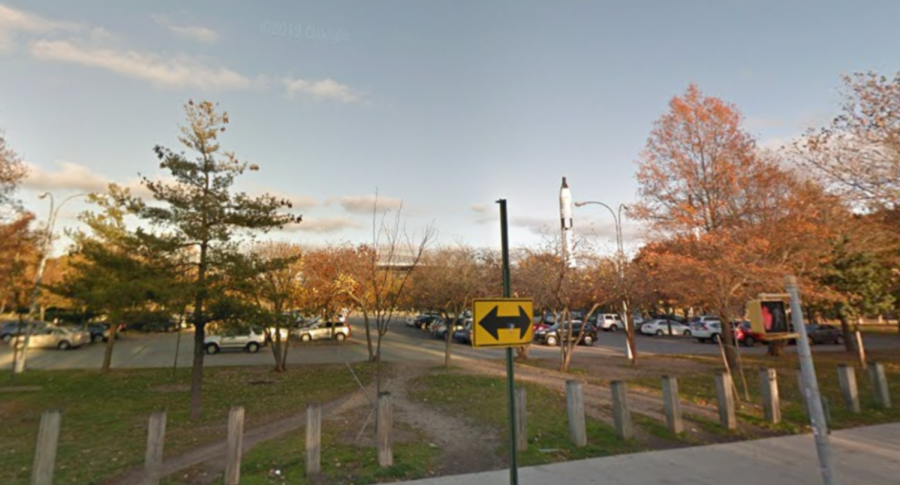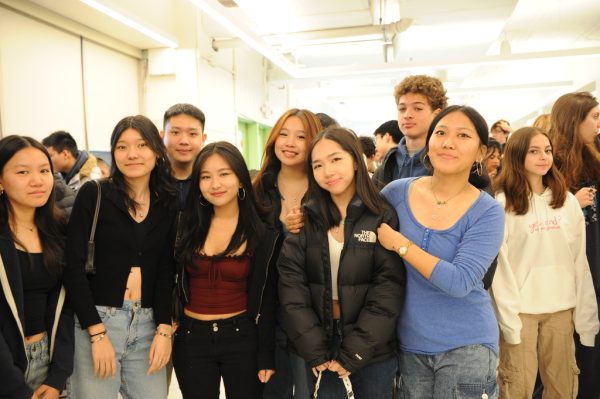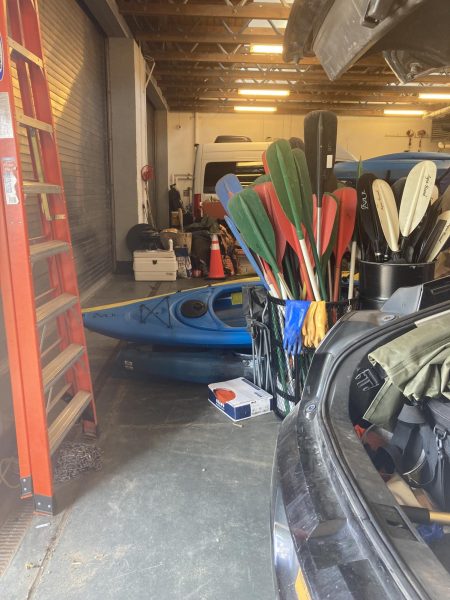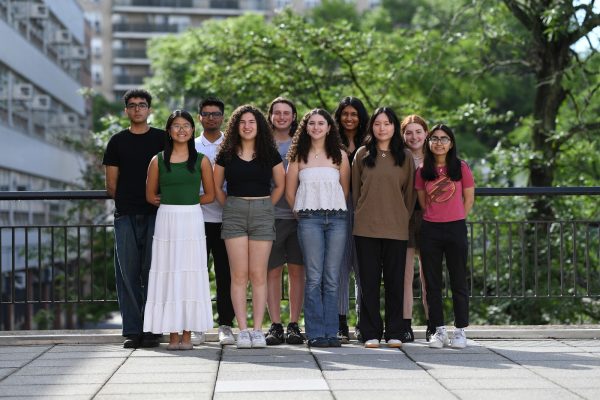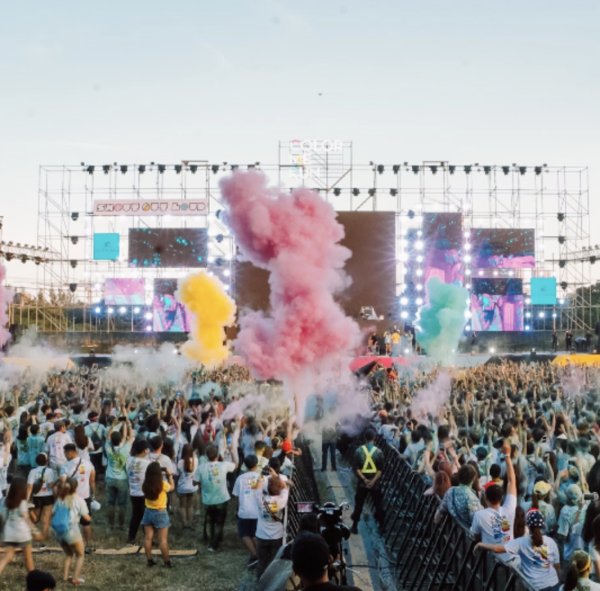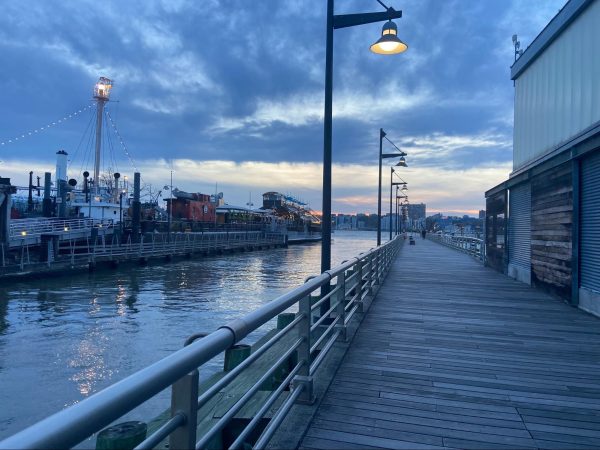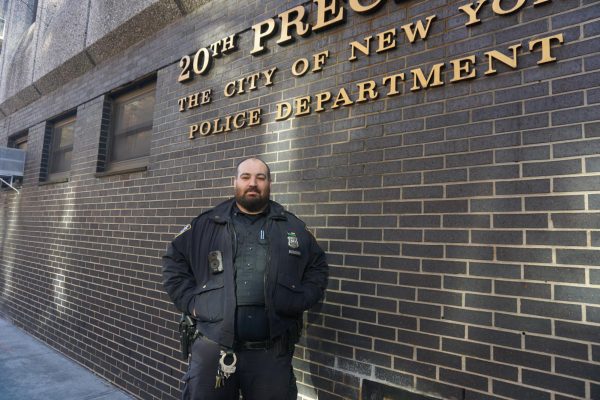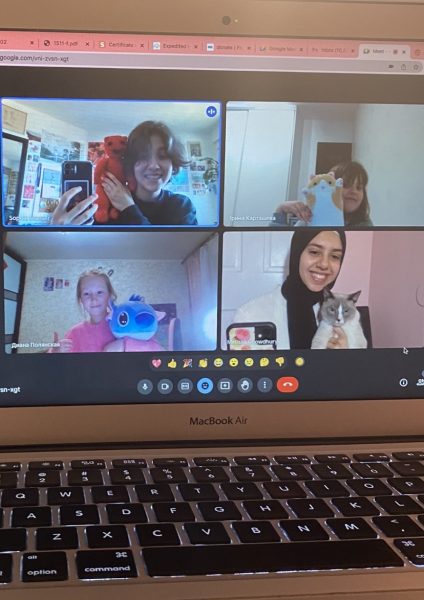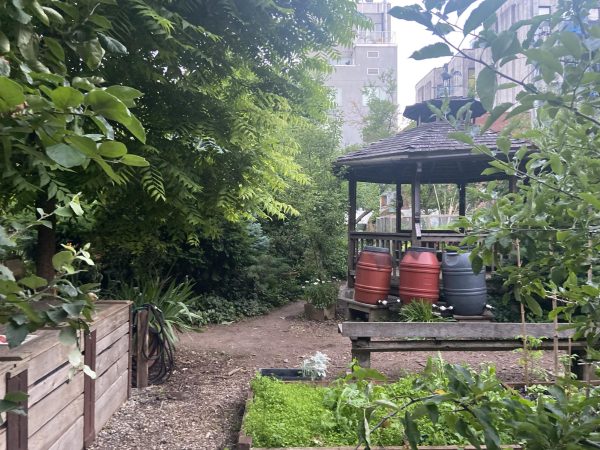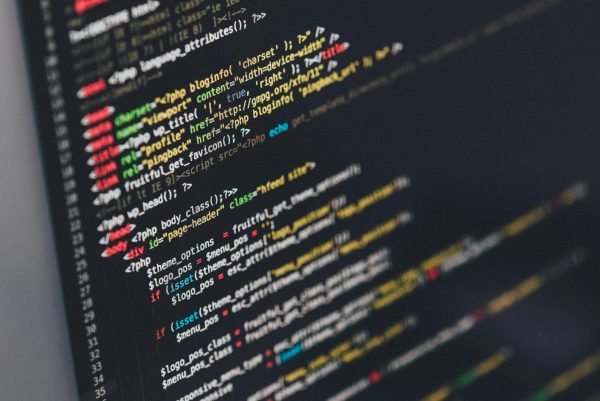Research in Action at Corona, Queens
High school student research is expanding healthcare access in New York City.
Corona, Queens, has huge growth potential, and it is in need of revitalization now, more than ever before. This project can set up the foundations for further economic growth in the area.
As many may have experienced, healthcare facilities across the country have not been adequately designed to withstand pandemics like COVID-19. When the Coronavirus hit New York City in March 2020, people all across the city started comparing the current state of hospitals to that of prisons. Although an extreme comparison is unnecessary, the COVID-19 pandemic brought to light that hospitals under pressure were forming into prisons for the unhealthy. After eliciting the scenario above, one can argue that more health care facilities are necessary. Creating a healthcare facility in hot spots in New York City would not only be beneficial for civilians in the area, but would essentially be a high reward long term investment.
Corona Queens, one of the highest growing populations in New York City, has been devastated by the COVID-19 pandemic and is currently the neighborhood with the highest infection rate in the city. As the neighborhood does not have its own hospital, the hospital nearest to it is Elmhurst Hospital. This hospital has been running at 125% capacity, 40% more than it would on a regular day, consequently.
In July 2020, Corona, Queens had a rate of 39.9 infections for every 1,000 residents, the second highest COVID-19 infection rate in New York. In addition to having the second-highest infection rate in New York City, Corona also has the second-highest percentages of COVID-related deaths, with 3.7 deaths for every 1,000 citizens. These rates reflect the challenges that residents are currently facing.
While facing some of the highest infection rates, it has also seen a decline in the number of resident healthcare workers. As of 2015, the area of Elmhurst and Corona was declared one of the neighborhoods with the largest decline in healthcare workers as a percentage, totaling up to an approximate decrease of 6.0%.
As a result of the continued exacerbation of the COVID-19 pandemic and healthcare inequity, thirty local fellows from the International Socioeconomics Laboratory, thirteen of whom are current Bronx Science students, recognized that an ambitious and expansive development must be instituted in order to revitalize the neighborhood. With the help of a generous Queens landlord, the researchers extensively studied the need of community development in the area through surveying resident demands and social-economic analysis in their 17,500 square foot property. The research study can be accessed here.
Researchers who were earned authorship and research assistant recognition on this study include: Kristina Lian ’22, Afran Ahmed ’22, Jolly Zheng ’22, Tasmia Afrin ’23, Allie Chiu ’22, Dyuti Pandya, Jane Vu, Allan Rikshpun, Esha Iftikhar, Radiah Jamil, Brian Caballo ’22, Jason Jiang, Ray Nobuhara ’23, Jennifer Khosid ’22, Deven Rozario, Stella Vayner, Theresa Morano, Reinesse Wong, Stanley Huang, Soree Park ’22, David Lin ’22, Sukie Zhang, Jonathan Lam, Sadiqah Quadery ’23, Philip Zitser, Matthew Kadaev ’23, Mahmoud Abdellatif, Ryan Ahmed ’22, Alan Shnir, and Christos Lolis (the names with class years after them designate the current Bronx Science students involved in this project).
The partnered landlord of the laboratory would like to have the land play a role in revitalizing the city and the local community. The property holds great value and can be used in a multitude of ways towards increasing healthcare access. The team is working with the government towards the goal of building a healthcare facility on this property, as it would be an estimated $150-million investment to the Corona neighborhood, both economically and socially.
When I spoke with the landlord, he shared a couple of insightful words with me: “Having been born and raised in Queens, New York, I have grown up to see peoples’ struggles first hand. From a young age, I was taught to never give up, and when told something is ‘impossible’, I learned to keep moving forward. It’s because oftentimes it’s the crazy ones who change the world. So here I am, proud to say that, besides being a businessman, I am a proud citizen of New York City, the city that never sleeps. To keep that name though, our city has never been more in need of revitalization, new infrastructure, and most importantly services that will help us today and provide for a greater tomorrow.”
The students want to make sure that the facility that will be built on this plot of land would benefit the community both during and after the Coronavirus pandemic. This is why the Laboratory conducted a one-way ANOVA test to determine if the desirability for certain facilities were different amongst the participants of the survey who reside in Queens, as well as 1,400 representative New York City residents.
The ANOVA showed there was a desirability score significantly different between the different facilities, as the desirability score increased from the medical facility (7.948 ± 2.561) to recreational facility (6.561 ± 2.694), to educational facility (6.491 ± 2.686) to corporate facility (5.208 ± 3.278) in that order.
From the results of the research, the Laboratory has been in contact with the offices of Brooklyn Borough President Eric Adams, Congressman Gregory Meeks, and Queens Borough President Donovan Richards, thus providing the city with a great team working towards expanding health care to the citizens of Corona, Queens.
In terms of working with members of the community, New Yorkers have the opportunity to sign the Laboratory’s petitions. These petitions already have hundreds of supporters and counting, allowing the Laboratory to connect with more officials in the future, including Congressmember Alexandria Cortez, Mayor Bill de Blasio, Senator Jessica Ramos, and Councilman Francisco Moya.
Overall, with research from the International Socioeconomics Laboratory, students are now planning on taking this project to new heights by pushing to build hospitals in Brooklyn next through their property acquisition, as this student-led effort has the potential to serve hundreds of thousands of people. The results showed that city-wide healthcare expansion is highly desirable among residents and can only uplift New York City economically.
As a result of the continued exacerbation of the COVID-19 pandemic and healthcare inequity, thirty local fellows from the International Socioeconomics Laboratory, thirteen of whom are current Bronx Science students, recognized that an ambitious and expansive development must be instituted in order to revitalize the neighborhood.
Ryan Ahmed is a Managing Editor for 'The Science Survey.' He wants to uplift communities and provide unique insight on current events around the globe...

